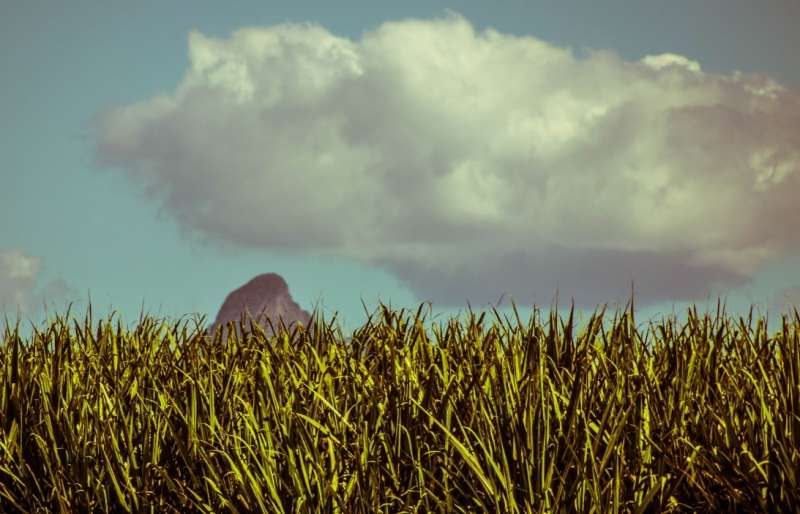Climate change and sugarcane expansion is expected to boost hantavirus cases. Credit: chillmimi, Flickr
Rising global temperatures and changes to land use have both been shown to have profound impacts on human health. Now researchers, reporting in PLOS Neglected Tropical Diseases, have found one more infectious disease that's expected to be affected. By 2050, the number of people in risk of hantavirus in the Brazilian state of Sao Paulo, they found, will increase by more than 20% due to climate change and land use changes.
Hantavirus cardiopulmonary syndrome (HCPS) is a severe disease caused by hantavirus, a virus that's typically spread through the tropics by rodents. More than 50% of people who contract HCPS die. Previous research has suggested that converting native plants to sugarcane, a common occurrence in the developing world, increases the population of hantavirus-carrying rodents. Moreover, climate change has been hypothesized to boost both rodent numbers and the amount of time hantavirus can remain in the environment.
To determine the links between climate, land use, and HCPS, Paula Ribiero Prist, of The University of Sao Paulo, Brazil, and colleagues used historical data spanning 1993 to 2012 on the virus, air temperatures, and sugarcane growth. They then developed a forecasting model to determine how expected climate changes and sugarcane expansion may affect HCPS cases by 2050.
If Sao Paolo has an increase in sugarcane fields but no change in temperature, 20 percent more people will likely acquire HCPS, the researchers found, bringing overall incidence as high as 6.6% in some areas. If temperatures rise as expected by current models, 31 to 34% more people will be affected by hcps by 2050. If temperatures rise at the same time as sugarcane expansion, the model revealed the same results as when temperatures rise alone.
"Our results reinforce the links between climate change and rises in incidence of diseases. These findings should be considered as an additional argument to encourage governments, companies and citizens to sign agreements and start massive campaigns in order to mitigate climate change impacts," the researchers say. "To better explore the underlying mechanisms of the observed pattern, we suggest future studies should test the effects of sugarcane production, temperature, and moisture on reservoir rodent population dynamics and on virus survival and aerosolization. Understanding those relationships is crucial to better understand HCSP transmission dynamics in different environments and situations, which is important for the effective design of preventive health strategies."
More information: Prist PR, Uriarte M, Fernandes K, Metzger JP (2017) Climate change and sugarcane expansion increase Hantavirus infection risk. PLoS Negl Trop Dis 11(7): e0005705. doi.org/10.1371/journal.pntd.0005705
Journal information: PLoS Neglected Tropical Diseases
Provided by Public Library of Science




















